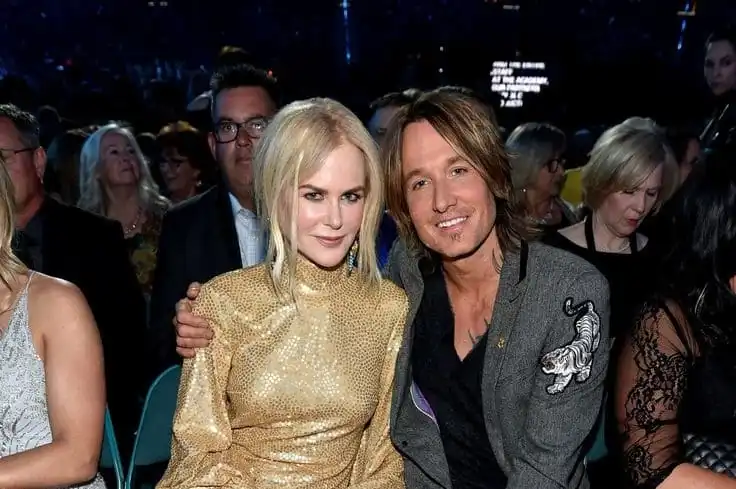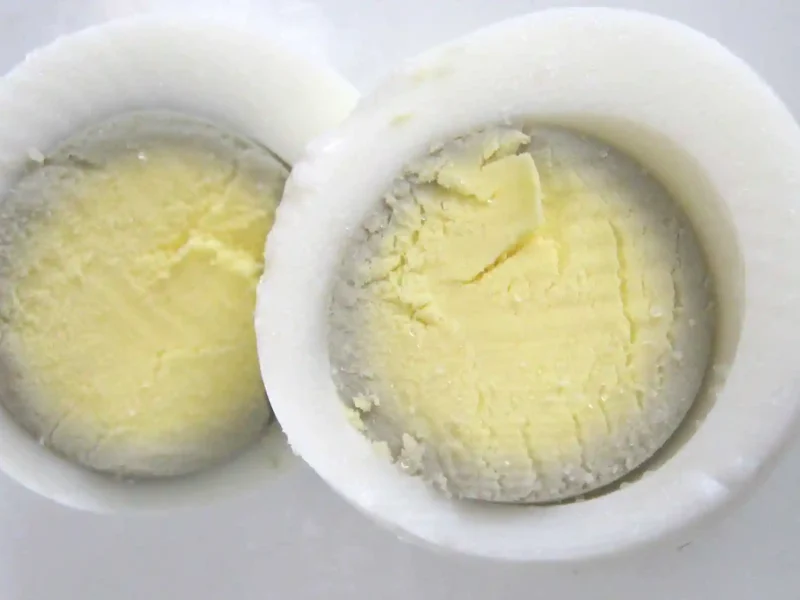President Donald Trump made waves on Friday by announcing a dramatic increase in steel tariffs, raising the levy on all imported steel from 25% to 50%. The move, unveiled during a speech at a U.S. Steel facility in Pennsylvania, marks a significant escalation in the administration’s efforts to protect domestic steel producers.
The decision comes just weeks after U.S. Steel finalized a major deal with Japan’s Nippon Steel, in which the Japanese firm agreed to acquire nearly all shares of the American company in a $13 billion transaction. Trump framed the tariff hike as a way to further strengthen the U.S. steel industry, ensuring no foreign competitors could undercut domestic production.
Originally considering a 40% tariff, Trump ultimately settled on the steeper 50% rate, though he did not elaborate on the reasoning behind the increase. The announcement builds on tariffs first imposed during his previous term, which were maintained under the Biden administration. Since their implementation, the steel sector has seen notable gains, including a 6% rise in production and thousands of new jobs in metal manufacturing.
However, not everyone is celebrating. Business groups like the U.S. Chamber of Commerce warn that higher steel costs will hurt downstream industries, from automakers to energy producers. Critics argue that the tariffs could drive up consumer prices and weaken America’s global competitiveness.
Despite the controversy, Trump remains steadfast, framing the policy as a win for blue-collar workers in key industrial states. During his speech, he promised steelworkers a $5,000 bonus and assured them there would be no layoffs—a clear appeal to the Rust Belt voters who helped secure his 2024 victory.


